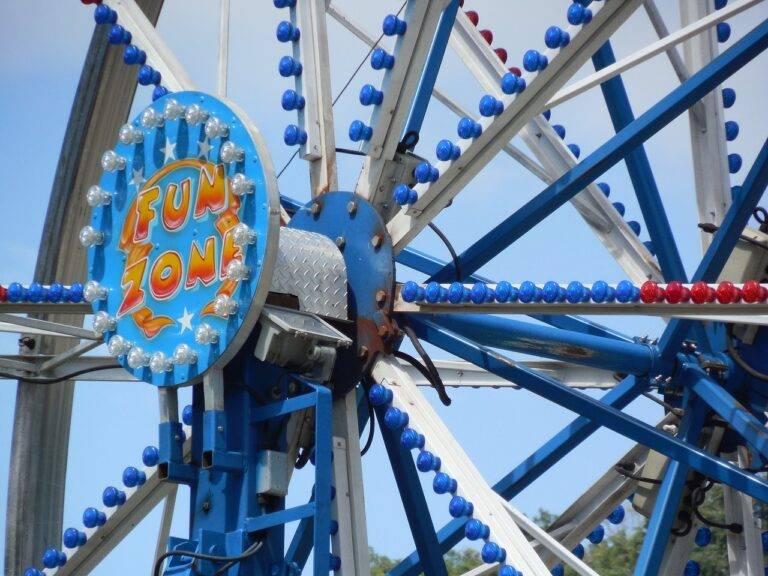Unveiling the Magic of Motion Capture Technology in Video Games
Motion capture technology is a revolutionary process that involves recording the movements of objects or people to create realistic animations. By tracking the motions of markers placed on the subject’s body or face, the technology captures intricate details of gestures, facial expressions, and body poses with precision.
One of the key components of motion capture technology is the use of specialized cameras that detect the positions of markers in a three-dimensional space. These cameras work in tandem with powerful software that processes the data captured and translates it into digital animations. The accuracy of the final output is highly dependent on the quality of the equipment used and the expertise of the technicians involved in the process.
The Evolution of Motion Capture in Video Games
In the early days of video games, character movements were often static and lacked the fluidity of natural human motion. As technology advanced, developers sought ways to bring more realism to game animations. This led to the introduction of motion capture technology, a process that involves capturing the movements of human actors and translating them into digital characters.
The use of motion capture in video games revolutionized the industry and elevated the level of immersion for players. Games like “Tomb Raider” and “GTA V” were among the first to implement this technology, allowing for more lifelike characters and dynamic animations. As the demand for realism in gaming increased, motion capture quickly became a standard practice in the development of modern video games.
Understanding the Process of Motion Capture
Motion capture is a cutting-edge technology that allows the real-time tracking and recording of human movements. This process involves placing reflective markers on the actor’s body, who performs actions that are then captured by specialized cameras. These markers reflect infrared light, which is picked up by the cameras to create a digital representation of the movement.
Once the actor performs the desired actions, the captured data is processed by sophisticated software that tracks the markers’ positions in space and translates them into a digital skeleton. This digital skeleton can then be applied to a 3D model, allowing animators to bring the character to life with realistic movements. Motion capture technology has revolutionized the way animations are created, providing a level of realism and fluidity that was previously impossible to achieve.





